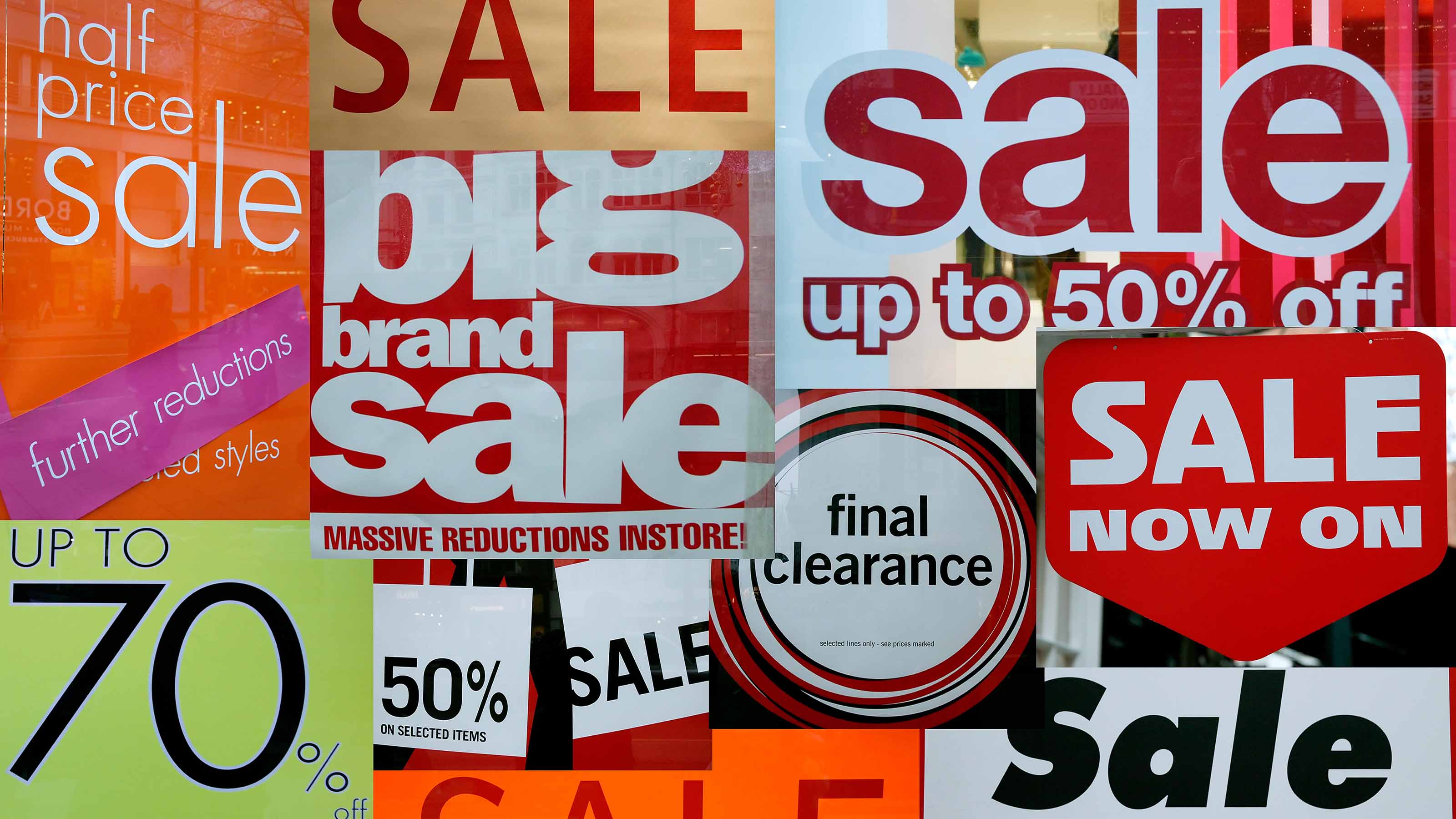Everyone Needs Bonds
They offer a smoother ride to your investing goals -- and provide a little insurance.

If the past decade has taught investors anything, it is that holding a stock-only portfolio is not a sensible strategy. For me, that's a notable change. In his 1994 book, Stocks for the Long Run, Jeremy Siegel (a fellow Kiplinger's columnist) demonstrated that over extended periods, equities return significantly more than bonds and carry roughly the same amount of risk. As a result, like most reasonable people dispensing investment advice, I urged long-term investors to hold a diversified portfolio of stocks, with bonds reserved mainly for savers with short-term goals.
But the ten-year period that ended in early 2009 turned out to be one of the worst ever for stocks -- only a handful of decade-long spans during the Great Depression were worse. The more recent experience, along with doubts about the future robustness of the U.S. economy and a deeper understanding of investor behavior, has led me to conclude that everyone needs to own fixed-income securities -- to provide ballast and a bit of insurance.
Risk versus reward. Yes, history shows that you sacrifice something by adding bonds. Ibbotson Associates, a Morningstar company, has found that large-company stocks (as represented by Standard & Poor's 500-stock index) returned a bit less than 10% annualized from 1926 through 2009. A portfolio divided 50/50 between stocks and long-term Treasury bonds returned about 8% a year -- but it did so with about half the risk of the all-stock portfolio. That's the sort of deal most investors should accept: a good return and a smooth rise.
From just $107.88 $24.99 for Kiplinger Personal Finance
Become a smarter, better informed investor. Subscribe from just $107.88 $24.99, plus get up to 4 Special Issues

Sign up for Kiplinger’s Free Newsletters
Profit and prosper with the best of expert advice on investing, taxes, retirement, personal finance and more - straight to your e-mail.
Profit and prosper with the best of expert advice - straight to your e-mail.
Bonds also offer the certainty of cash in your pocket now, rather than the possibility of capital gains in the future. Unfortunately, interest rates for sound debt are relatively low these days because demand is high from investors seeking quality and because inflation is low.
What do I mean by "sound debt"? Remember that a bond is an IOU -- a promise by a business or a government entity that it will repay the loan when it comes due and pay interest (typically in two installments a year) along the way. A sound bond is one whose issuer is very likely to repay.
Although the U.S. government's total debt burden has risen astronomically in recent years, Uncle Sam remains the most reliable large borrower in the world. In mid March, yields on Treasury bonds sketched a steep curve: from 0.2% for debt maturing in six months to 4.6% for bonds maturing in 30 years.
Those low rates reflect the fears of investors, who were so badly spooked by the events of 2008 and early 2009 that they are willing to tolerate minuscule returns for what they see as quality and safety.
You'll be tempted to reach beyond Treasuries for decent income. But be careful. Stay away from mortgage-related securities, such as those from Fannie Mae and Freddie Mac. The housing depression is not over yet.
Instead, go with Tennessee Valley Authority bonds. In mid March, the issue maturing in December 2017 was yielding 3.7%, or about 0.4 percentage point more than an equivalent Treasury note; a TVA bond maturing in November 2025 was yielding 5.0%, or about 0.7 point more than a comparable Treasury. TVA is a corporation wholly owned by the federal government. The U.S. Treasury does not officially guarantee the debt of TVA, which operates one of the nation's largest power systems. But, as the Government Accountability Office puts it, credit-rating agencies perceive that there is an "implicit government guarantee of TVA bonds." If push came to shove, I'd wager that Uncle Sam would make that guarantee explicit.
Still, the gap between the yields of Treasury bonds and those of federal agencies is slim. To get juicier yields, you'll have to move to corporate debt. Consider investment-grade bonds issued by financial companies. In mid March, a General Electric Capital note, rated double-A-plus (just a notch below the top credit-quality rating) and coming due in September 2017, yielded 4.7% to maturity -- about 1.5 points more than an equivalent Treasury. If you're convinced that Bank of America is too big to fail (or that it won't ever get into deep trouble), then you'll be attracted -- as I am -- to its notes due in June 2019. They are rated single-A and yield 5.6%, or two full points more than Treasuries.
I am comfortable owning corporate bonds with a rating as low as triple-B, which is still considered to be investment grade. For example, Kraft Foods, a solid company whose earnings held up well during the recession, offers bonds maturing in ten years with a yield of 5.0%. You have to go out 15 years for that kind of return on a TVA bond. A sampling of other triple-B-rated bonds issued by sound businesses includes an Altria Group issue maturing in 2018 and yielding 5.6%; an International Paper IOU maturing in 2019 and yielding 5.9%; and a Johnson Controls bond maturing in 2020 and yielding 5.0%.
Municipal bonds are another alternative. Issued by states, cities, counties and local government agencies, interest from these bonds is usually exempt from federal taxes (and may be exempt from state and local taxes, too). I won't invest in corporate bonds with maturities greater than 15 years, but with munis I am willing to go further out.
Consider, for example, a state of California bond that is used to fund community colleges. The bond, due in 2033 and rated double-A, yields 5.0%. For a non-Californian in the 35% federal tax bracket, that's the equivalent of a taxable bond yielding 7.7%. This is a general obligation, or GO, bond, indicating that the full faith and credit of the state -- including its taxing authority -- stand behind the promise to repay. Make no mistake: California's munis carry some risk. The state faces a severe budget crisis and is laying off thousands of teachers. But, in a diversified portfolio, the risk is worth taking when the reward is interest rates that, on a tax-equivalent basis, are two or three points higher than Treasuries.
Prefer to look elsewhere? A Philadelphia industrial-revenue bond, rated double-A and maturing in 2037, yields 4.7%, equivalent to a taxable yield of 7.2% at today's top federal tax rate and a whopping 7.8% if the top rate rises to 39.6% next year, as many expect it will. The bond uses proceeds from the health-care construction project it is financing to pay interest. Be aware that both of these bonds are callable in 2018, meaning that borrowers have the option to pay off the bonds early.
Hard to buy. Because individual munis are often lightly traded, it can be difficult for retail investors to purchase them. Use a broker you trust, one who specializes in such bonds.
An ideal bond portfolio should be apportioned this way: 25% long-term munis; 40% corporates, with maturities laddered (that is, spaced at intervals) ranging from three to 15 years; 25% U.S. Treasuries or agencies, similarly laddered; and 10% in cash, held in a money-market fund. Use the cash to buy longer-term bonds when rates rise.
Adjusting for the tax-free status of the munis, such a portfolio should produce a taxable yield of about 5.5%. If rates go up over the next few years, you'll probably be able to boost your yield by a half to one percentage point.
I prefer individual bonds because you know exactly what you're getting. But if you aren't investing enough to get full diversification -- a total of, say, three separate issues in each of the three bond categories -- then use funds. An example of the sort of fund you should buy is Pimco 3-7 Year U.S. Treasury Index (symbol FIVZ). It's an exchange-traded fund that is limited to owning a specific type of bond and restricts the activity of its managers. Plus, its annual expense ratio is just 0.15%. (The Best All-in-One Bond Funds makes the case for funds that can invest in any part of the bond market.)
If you're in a high tax bracket, then take a look at Fidelity Municipal Income (FHIGX), a mutual fund with below-average credit-quality risk (one-fourth of its portfolio is in GO bonds), medium to long maturities, and a yield, as of mid March, of 3.6% -- the taxable equivalent of 5.6% for someone in the 35% federal tax bracket. The fund requires a minimum investment of $10,000.
Bond investing lacks the thrill of buying and selling stocks, but that's the whole point. Reap a steady stream of income with half your portfolio and take more chances -- and have more fun -- with the other half.
James K. Glassman is executive director of the George W. Bush Institute in Dallas. His third book on investing will be published later this year.
Profit and prosper with the best of Kiplinger's advice on investing, taxes, retirement, personal finance and much more. Delivered daily. Enter your email in the box and click Sign Me Up.

-
 States That Tax Social Security Benefits in 2026
States That Tax Social Security Benefits in 2026Retirement Tax Not all retirees who live in states that tax Social Security benefits have to pay state income taxes. Will your benefits be taxed?
-
 QUIZ: What Type Of Retirement Spender Are You?
QUIZ: What Type Of Retirement Spender Are You?Quiz What is your retirement spending style? Find out with this quick quiz.
-
 How to Avoid the Financial Quicksand of Early Retirement Losses
How to Avoid the Financial Quicksand of Early Retirement LossesSequence of returns — experiencing losses early on — can quickly deplete your savings, highlighting the need for strategies that prioritize income stability.
-
 5 Big Tech Stocks That Are Bargains Now
5 Big Tech Stocks That Are Bargains Nowtech stocks Few corners of Wall Street have been spared from this year's selloff, creating a buying opportunity in some of the most sought-after tech stocks.
-
 How to Invest for a Recession
How to Invest for a Recessioninvesting During a recession, dividends are especially important because they give you a cushion even if the stock price falls.
-
 10 Stocks to Buy When They're Down
10 Stocks to Buy When They're Downstocks When the market drops sharply, it creates an opportunity to buy quality stocks at a bargain.
-
 How Many Stocks Should You Have in Your Portfolio?
How Many Stocks Should You Have in Your Portfolio?stocks It’s been a volatile year for equities. One of the best ways for investors to smooth the ride is with a diverse selection of stocks and stock funds. But diversification can have its own perils.
-
 An Urgent Need for Cybersecurity Stocks
An Urgent Need for Cybersecurity Stocksstocks Many cybersecurity stocks are still unprofitable, but what they're selling is an absolute necessity going forward.
-
 Why Bonds Belong in Your Portfolio
Why Bonds Belong in Your Portfoliobonds Intermediate rates will probably rise another two or three points in the next few years, making bond yields more attractive.
-
 140 Companies That Have Pulled Out of Russia
140 Companies That Have Pulled Out of Russiastocks The list of private businesses announcing partial or full halts to operations in Russia is ballooning, increasing economic pressure on the country.
-
 How to Win With Game Stocks
How to Win With Game Stocksstocks Game stocks are the backbone of the metaverse, the "next big thing" in consumer technology.